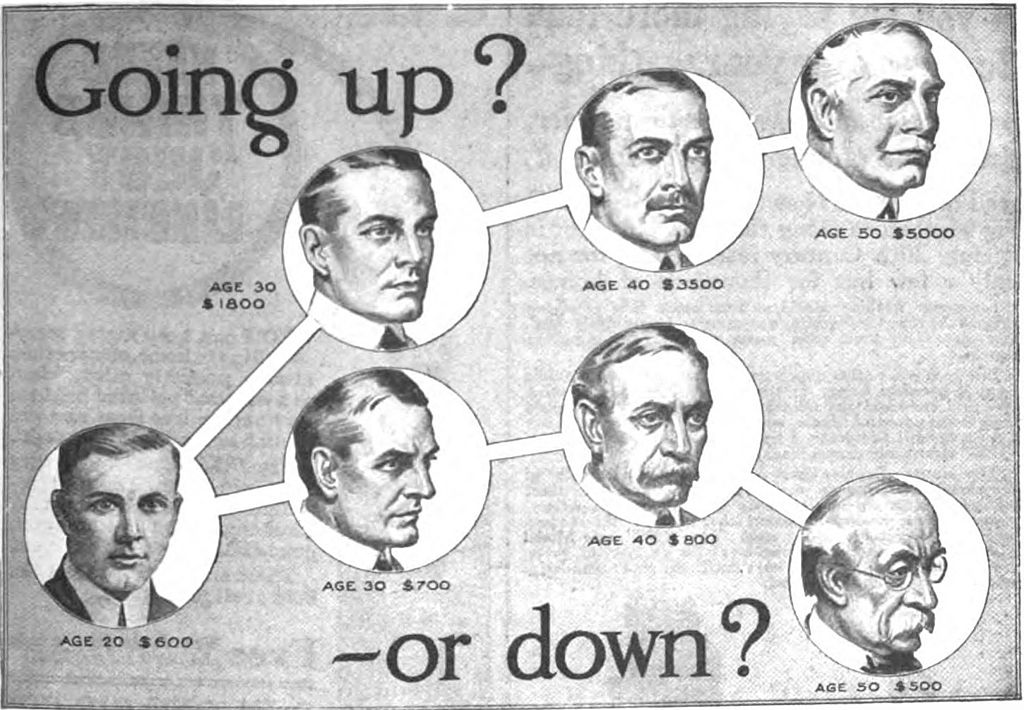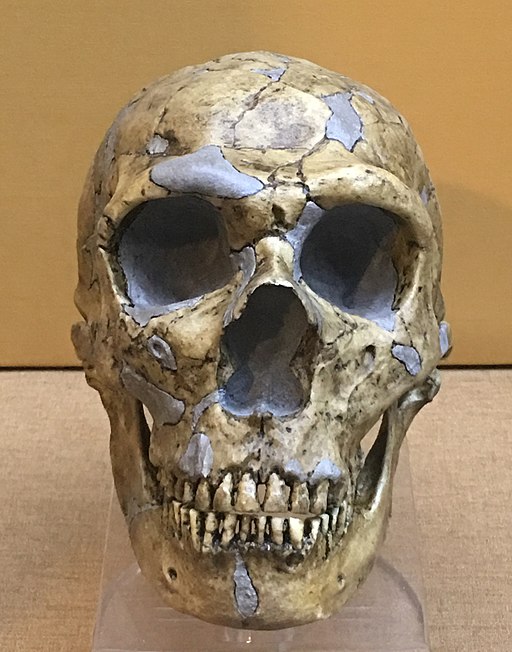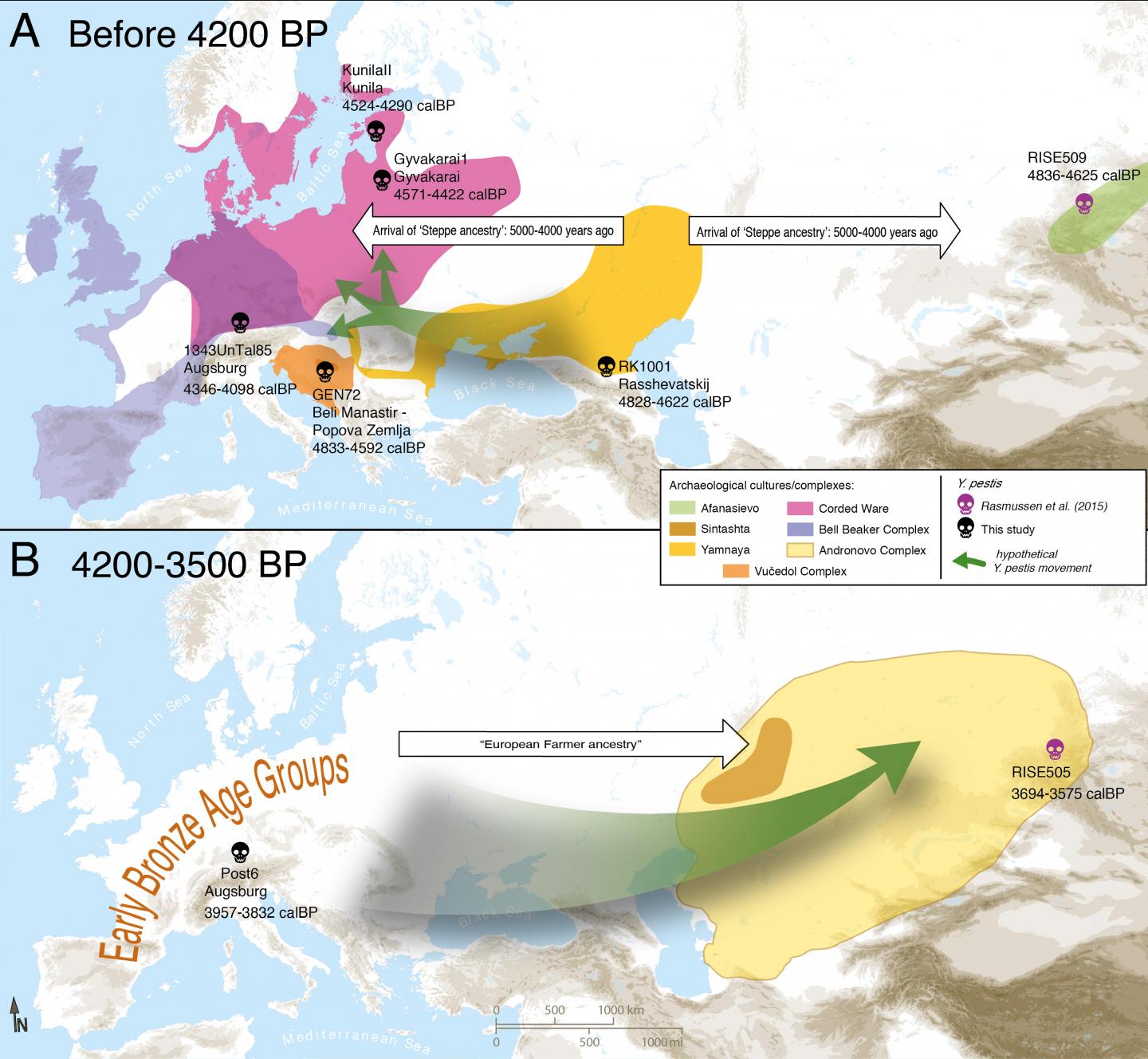Inequality Started with the Rise of Agriculture New research claims that the rise of economic inequality in human societies can be traced all the way back to the dawn of agriculture. Published in the journal Nature, the research involved academics from fourteen different institutions, and was led by Tim Kohler from Washington State University (WSU). The findings have profound implications for modern societies, the authors believe. “Inequality has a lot of subtle and potentially pernicious effects on societies,” Kohler explained. The researchers based their findings on the Gini coefficient, a commonly used measure of inequality developed over a century ago by Italian statistician and sociologist Corrado Gini. On this system, a country with total wealth equality would have a Gini coefficient of zero, while a country with all the wealth concentrated in one household would have a Gini Coefficient of one. House sizes were compared at 63 different archaeological sites, and the researchers used this data to assign Gini coefficients. It was found that hunter-gatherer societies typically had lower wealth disparities, with a median Gini of .17. This is likely because their nomadic lifestyles would have made wealth accumulation difficult, and passing it on to future generations even more so. Small-scale, low intensity farmers (horticulturalists) had a median Gini of .27, while large scale agricultural societies had a median Gini of .35. One remarkable observation by Kohler’s team is that inequality continued to rise in the Old World, but plateaued in the New World. According to Kohler, this is down to the ability of Old World societies “to literally harness big domesticated mammals like cattle and eventually horse and water buffalo.” Draft animals, which were not available in the New World, let rich farmers till more land and expand into new areas. This increased their wealth while ultimately creating a class of landless peasants. “These processes increased inequality by operating on both ends of the wealth distribution, increasing the holdings of the rich while decreasing the holdings of the poor,” the researchers write in their study. Bronze metallurgy and a mounted warrior elite further increased the Gini coefficient in the Old World, allowing some individuals to live in massive houses and make territorial conquests, the benefits of which were inherited by their descendants. The researchers’ models put the highest Gini numbers in the ancient Old World at .59, close to that of contemporary Greece’s .56 and Spain’s .58. It is well short of China’s .73 and the United States .80, a 2000 figure cited in the Nature paper. The 2016 Allianz Global Wealth Report puts the U.S. Gini at .81 and Kohler said in a WSU press release he has seen the U.S. Gini reported as high as .85, “which is probably the highest wealth inequality for any developed country right now.” For Kohler, the current high Gini number in the US should be a cause for concern. “People need to be aware that inequality can have deleterious effects on health outcomes, on mobility, on degree of trust, on social solidarity–all these things,” he said in a WSU statement. “We’re not helping ourselves by being so unequal.” Kohler has documented four periods of growing inequality among the ancient Pueblo people of the American Southwest, all of which ended in violence and greater equality. The last of these was particularly dramatic – coinciding with the complete depopulating of the Mesa Verde area. “In each case, you see not just this decline in Gini scores, but we also see an increase in violence that accompanies that decline,” Kohler said. “We could be concerned in the United States, that if Ginis get too high, we could be inviting revolution, or we could be inviting state collapse. There’s only a few things that are going to decrease our Ginis dramatically.” 14 Million Years Ago, Madrid Was a Desert A new study claims that the central Iberian Peninsula, an area that covered what is now Madrid, was an arid savanna during the middle Miocene period. The research, led by the Complutense University of Madrid and published in the journal PLOS ONE, compared mammal assemblages from different localities in Africa and South Asia with those that inhabited the Iberian central area 14 million years ago. Through paleontological studies of the fossil vertebrate remains found at the Somosaguas site in Madrid, the researchers have been able to infer the environment that existed there. The central premise behind the research is that the body size of every species is largely influenced by the environmental conditions of their habitat. Elephants in humid places such as Asian jungles, for instance, are smaller than those living in dry places like African savannas. “Based on this premise, the distribution of sizes within a mammal community can offer us valuable information about its climatic context”, explains Iris Menéndez, a researcher at the Department of Paleontology of the UCM and the Institute of Geosciences (UCM and CSIC). From their analysis, the palaeontologists have inferred that the centre of the Iberian Peninsula witnessed ‘a very arid tropical climate with a high precipitation seasonality’. After a brief wet period, the annual dry season could last up to ten months. “These results confirm the previous inferences on the savanna environment of Somosaguas in the Miocene, but placing this habitat at their driest estimated, within the limits between the savanna and the desert”, says Menéndez. Climatic parameters from more than 60 modern day Asian and African sites were compiled as a point of comparison for the study. “For this purpose, we made a compilation of information on mammalian fauna lists, their body sizes, and climatic parameters for these localities, such as temperatures and precipitation. Based on this data, we developed statistical models suitable for the inference of different climatic parameters in the past”, explained the UCM researcher. “We included the information on the 26 mammal species found in the Somosaguas site, which allowed us to infer the environment by comparison with the extant assemblages”. Neanderthals Lived in Spain for 3,000 Years Longer Than Thought Neanderthals survived in Spain long after they had died out every else, new research claims, suggesting our extinct cousins lived in Spain 3,000 years longer than is traditionally believed. According to the international team of researchers who carried out the study, the findings suggest that the process of modern human populations absorbing Neanderthal populations through interbreeding was not a regular, gradual wave of advance but a “stop-and-go, punctuated, geographically uneven history.” Over a period of ten years the researchers excavated three new sites in southern Spain, where they unearthed evidence of Neanderthal materials from as recently as 37,000 years ago. “Technology from the Middle Paleolithic in Europe is exclusively associated with the Neanderthals,” said Dr. João Zilhão, from the University of Barcelona and lead author of the study. “In three new excavation sites, we found Neanderthal artefacts dated to thousands of years later than anywhere else in Western Europe. Even in the adjacent regions of northern Spain and southern France the latest Neanderthal sites are all significantly older.” The Middle Paleolithic spanned from 300,000 to 30,000 years ago. It is widely acknowledged that during this time, anatomically modern humans started to move out of Africa and assimilate coeval Eurasian populations, including Neanderthals, through interbreeding. “We believe that the stop-and-go, punctuated, uneven mechanism we propose must have been the rule in human evolution, which helps explaining why Paleolithic material culture tends to form patterns of geographically extensive similarity while Paleolithic genomes tend to show complex ancestry patchworks,” Dr. Zilhão said. Dr. Zilhão believes that discovering and analysing new Neanderthal sites is the key to understanding the pattern of human evolution, and the true fate of the Neanderthals. “There is still a lot we do not know about human evolution and, especially, about the Neanderthals,” said Dr. Zilhão. “Our textbook ideas about Neanderthals and modern humans have been mostly derived from finds in France, Germany and Central Europe, but during the Ice Ages these were peripheral areas: probably as much as half of the Paleolithic people who ever lived in Europe were Iberians. Ongoing research has begun to bear fruit, and I have no doubt that there is more to come.” The study has been published in the journal Heliyon. Featured Image: Illustration from a 1916 advertisement for International Correspondence Schools, Scranton, Pennsylvania, a vocational school, in the back of a US popular science magazine. During the Industrial Revolution, income inequality in the US was very great, and education was seen as a route to social mobility. This advertisement uses the threat of poverty to recruit students. Part of advertising copy that appeared below the picture: “Here is your future charted for you, based on the actual average earnings of trained and untrained men. Which way will you go? You’ll either go up, through training, to a position that means good money and more comforts as the years go by, or you’ll go down, through lack of training, into the ranks of the poorly paid.” ]]>







